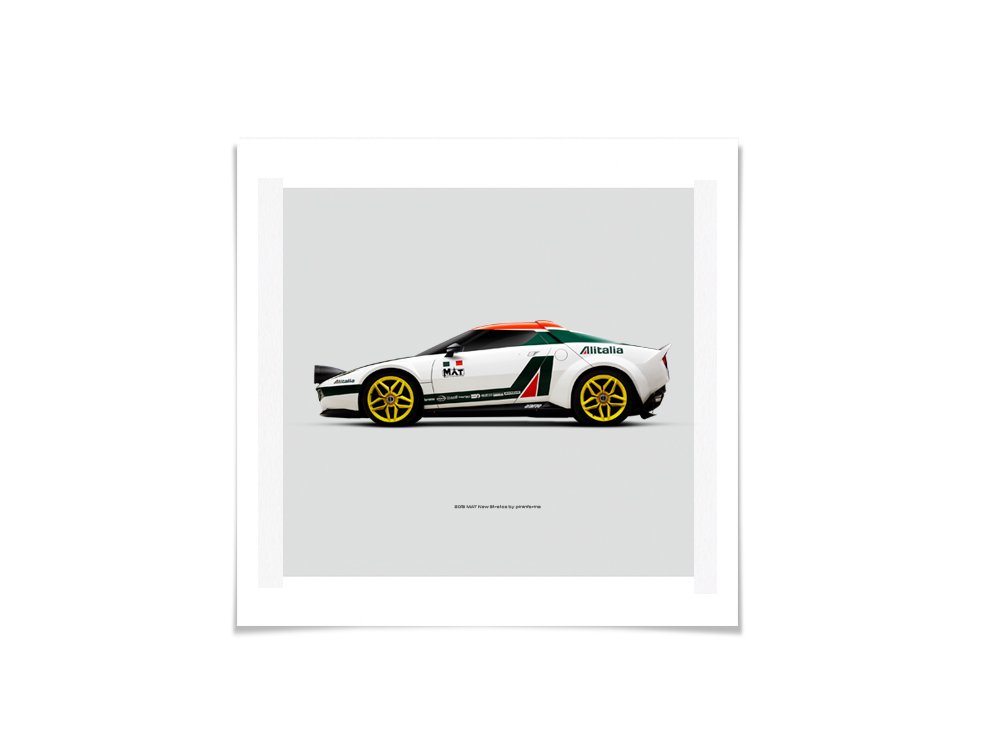 Image 1 of 5
Image 1 of 5

 Image 2 of 5
Image 2 of 5

 Image 3 of 5
Image 3 of 5

 Image 4 of 5
Image 4 of 5

 Image 5 of 5
Image 5 of 5






Mercedes Benz W196 poster
Format: vertical, horizontal.
Available in 30x40, 40x50 and 50x70 cm.
Frame not included. For custom sizes please contact me.
It was the beginning of the modern Formula 1, in which this was still called automotive World Cup. After the war, Mercedes-Benz did not return to the premier class of motorsport until the middle of 1954 and brought the W196, a car which was launched as a monoposto with freestanding wheels and as a streamlined car. The engine was divided into two four-cylinder blocks. The advantage was that a torsion-susceptible long crankshaft was avoided. A technical feature of the W 196 was the then completely new, gasoline direct injection. The monoposto was 650 kilograms 50 kilos lighter than the streamline car. At top speed, the W196 were at about 280 km/h. A constructors' championship did not exist then. Juan Manuel Fangio secured the lead in the drivers' championship, with 40 points and gave Mercedes-Benz a title in the first year after the comeback.
Format: vertical, horizontal.
Available in 30x40, 40x50 and 50x70 cm.
Frame not included. For custom sizes please contact me.
It was the beginning of the modern Formula 1, in which this was still called automotive World Cup. After the war, Mercedes-Benz did not return to the premier class of motorsport until the middle of 1954 and brought the W196, a car which was launched as a monoposto with freestanding wheels and as a streamlined car. The engine was divided into two four-cylinder blocks. The advantage was that a torsion-susceptible long crankshaft was avoided. A technical feature of the W 196 was the then completely new, gasoline direct injection. The monoposto was 650 kilograms 50 kilos lighter than the streamline car. At top speed, the W196 were at about 280 km/h. A constructors' championship did not exist then. Juan Manuel Fangio secured the lead in the drivers' championship, with 40 points and gave Mercedes-Benz a title in the first year after the comeback.
Format: vertical, horizontal.
Available in 30x40, 40x50 and 50x70 cm.
Frame not included. For custom sizes please contact me.
It was the beginning of the modern Formula 1, in which this was still called automotive World Cup. After the war, Mercedes-Benz did not return to the premier class of motorsport until the middle of 1954 and brought the W196, a car which was launched as a monoposto with freestanding wheels and as a streamlined car. The engine was divided into two four-cylinder blocks. The advantage was that a torsion-susceptible long crankshaft was avoided. A technical feature of the W 196 was the then completely new, gasoline direct injection. The monoposto was 650 kilograms 50 kilos lighter than the streamline car. At top speed, the W196 were at about 280 km/h. A constructors' championship did not exist then. Juan Manuel Fangio secured the lead in the drivers' championship, with 40 points and gave Mercedes-Benz a title in the first year after the comeback.























